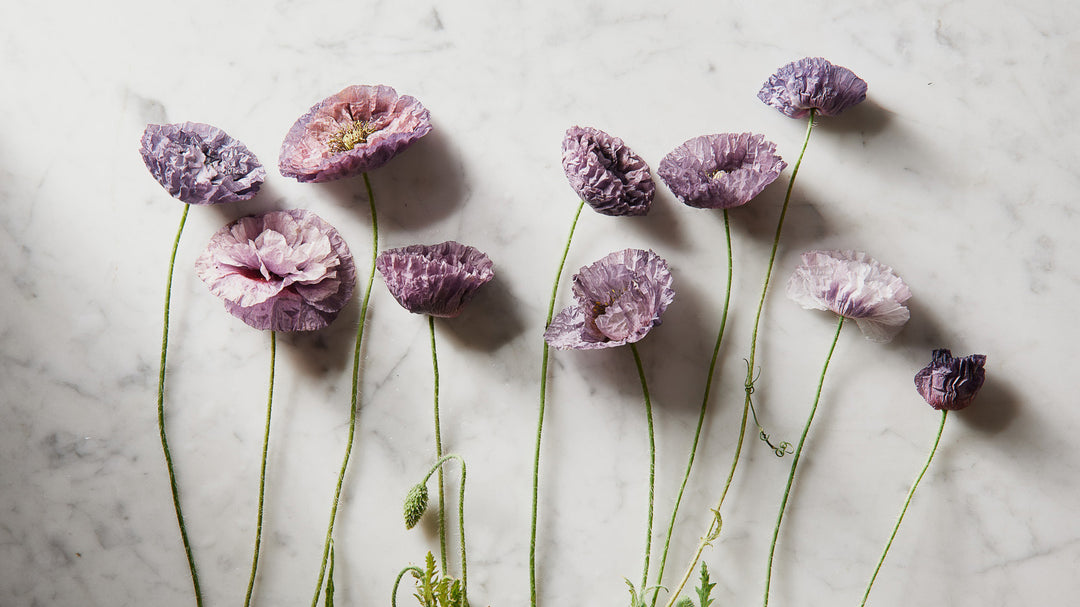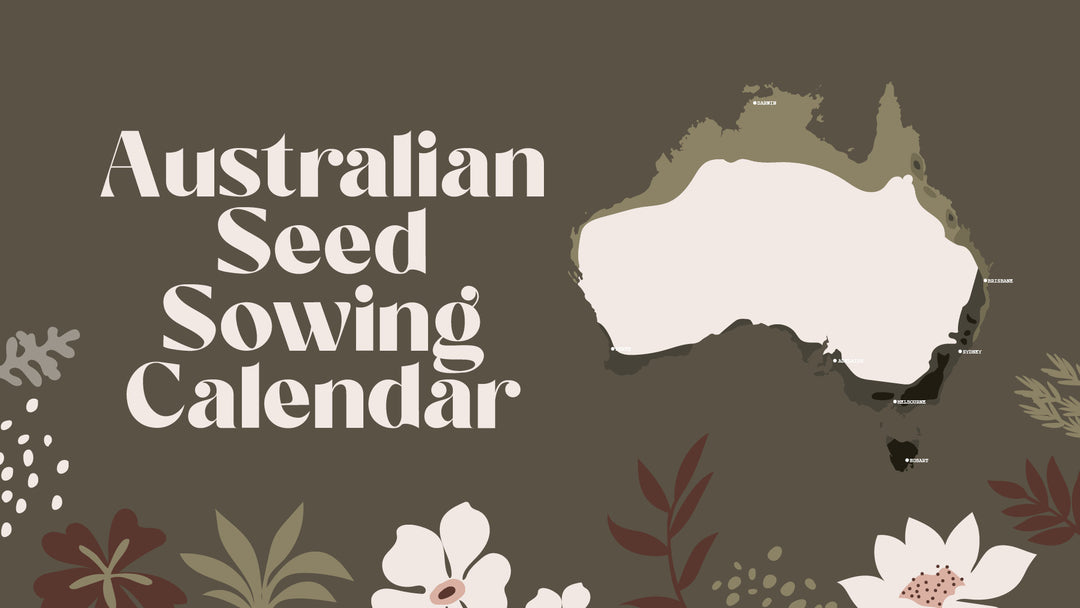An A-Z of Herbs, Medicinal + Culinarily Uses.

Growing herbs, be it in the garden or on the windowsill are a great addition to both the kitchen + supporting your health. Here is an A-Z list of herbs that can be easily grown from seed:
Basil - used in Italian cooking, it has a warm peppery taste. It's also grown as a companion plant with tomato's.
Cat Mint - used fresh or dry in dishes for a spicy mint flavour. Dried, cats love!
Chamomile - dried flowers can be made into a tea to calm the nervous system, and help if you have trouble falling asleep. The flowers bloom over a long period of time in summer.
Chervil - culinary herb used like a parsley. If left, produces small pretty white flowers.
Chives - culinary herb with hollow leaves and pretty globe lilac flowers. They have a mild onion flavour.
Comfrey - loved by gardeners for its highly nutrients dense leaves. The leaves can then be made into a liquid fertiliser for the garden. (This herb is not for human consumption).
Coriander - is a highly flavoursome leaves used in Middle Eastern and Mexican dishes.
Cornflower - this herb + wildflower is grown for its pretty blooms. The petals are edible, have a spicy/sweet clove flavour.
Dill - culinary herb used most often in fish dishes. Produces pretty feathery foliage.
Echinacea - the flower is known for its immune boosting properties and can help shorten the duration of common colds.
Fennel - the ferny foliage with small yellow flowers goes well in fish dishes, sauces and curries.
Fenugreek - the seeds are used in Indian cooking to flavour curries. The seeds can also be used as sprouts and micro greens.
Lavender - can be made into essential oils, tea and potpourri to calm and reduce anxiety. It can also help with restless sleep and mild headaches.
Lemon Balm - flowers are magnets for bees. The leaves make soothing teas and a powerful essential oil. Lemon balm is a calming herb and can be used in times of stress and anxiety, as well as easing discomfort from indigestion.
Lovage - a culinary herb that is similar to celery, but has a hint of spice.
Milk Thistle - grown for its seeds to make herbal teas to support the liver and gall bladder. (Do not feed to animals).
Mint - has a very strong and refreshing taste. Soothing for the digestion it is used in teas and salads.
Nasturtium - the leaves and flowers can be added to salads. The seeds can be collected and pickled to make a replacement ‘caper’.
Oregano - used in Mediterranean cooking. A sweet earthy flavour. Bees love the flowers.
Parsley - a culinary herb that is used as a garnish, but also has a very high vitamin C + K and other antioxidants which are known to help reduce the risk some health conditions.
Rocket - grown for its arrow shaped leaves, which have a distinct peppery taste and a great addition to salads.
Sage - Native American peoples used to burn sage as part of a spiritual ritual to cleanse a person, space and promote healing. Sage can be used to help digestive issues and in the kitchen when cooking.
Salad Burnet - grown for its foliage that tastes and smells like cucumber. Produces crimson red oval flower heads. Used in salads and drink garnish.
Savory - a small bushy herb that tastes like thyme but a bit more peppery. Goes well with roast veggies and meat.
Shiso - an East Asian herb grown for its nettle like leaves. The flavour is a mix of ginger, lemon, basil and mint. Used in Asian cooking.
Sorrell - has a tart, lemon tang. Leaves are used in salads like spinach. (Do not feed to animals).
Tarragon - culinary herb, used in French cooking.
Thyme - a culinary herb that flavours well with eggs and mushrooms.
Valerian - used as a remedy for anxiety + insomnia. The dried root can be used in small amounts in tea to calm and smooth. It may help reduce the time it takes you to fall asleep + stay asleep.
Viola pansy - edible blooms that can be used in salads, desserts and decorations.







